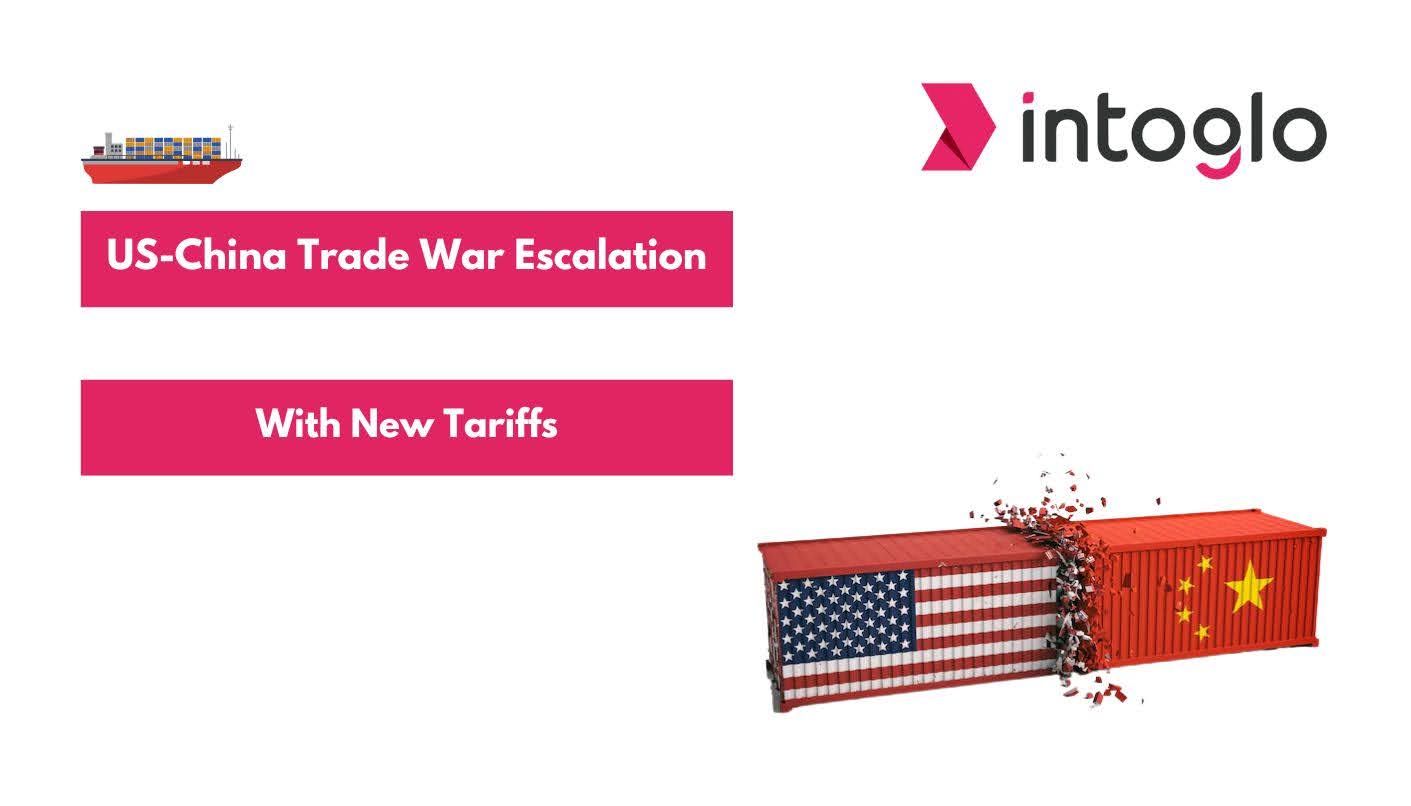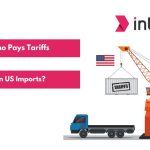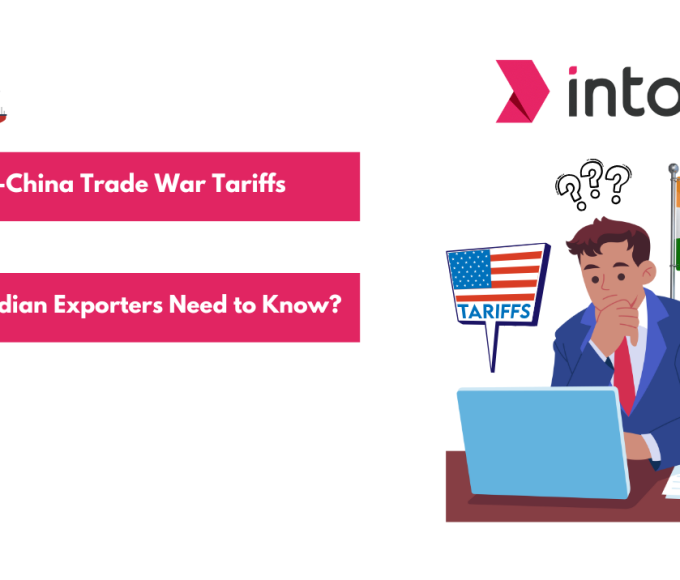If you’re exporting goods between the United States and China, you know just how much the ongoing trade war can shake up your business plans. This conflict kicked off back in 2018, when the US imposed tariffs on $34 billion worth of Chinese imports, accusing China of unfair trade practices and intellectual property theft. China quickly hit back with its own tariffs on American goods, and what started as a targeted dispute soon spiraled into a full-blown trade war, affecting hundreds of billions in trade.
Fast forward to today, and the trade war has reached new heights. In early 2025, both countries raised tariffs to historic levels-up to 145% on Chinese goods entering the US, and 125% on American products headed to China. These moves have rattled supply chains and left exporters like you scrambling to adapt. While both sides recently agreed to a temporary reduction in tariffs to ease tensions, the uncertainty remains high.
As the world’s two largest economies keep adjusting their tactics, staying informed and ready to pivot is more important than ever. In this article, we’ll introduce recent escalation with new tariffs by China against the US, impact on the global market, and what you should be watching for next.
Recent Escalation with New Tariffs
The US-China trade war reached a critical peak in early 2025, with both countries imposing some of the highest tariffs seen in decades. The US slapped a staggering 145% tariff on Chinese imports, while China struck back with a 125% tariff on American goods. These tariffs disrupted established trade flows, delayed shipments, and sent exporters scrambling for alternatives.
Here’s what you need to know:
- Broad Product Impact: The new tariffs affected a wide range of items, from electronics and machinery to soybeans, corn, and other key exports.
- Shipping Disruptions: US exporters, particularly in agriculture and manufacturing, saw sharp drops in shipments. Some ports reported a 51% decrease in exports.
- China’s Response: Chinese exports to the US fell by over 20% in April, showing how deeply the tariffs cut into trade.
- Global Shifts: To work around rising costs, many businesses began shifting orders to other countries like Vietnam, India, and Mexico.
- Economic Fallout:
- The US reported its first quarterly GDP decline since 2022, driven by front-loaded imports and rising consumer prices.
- In China, factory output fell at the fastest rate in 16 months, prompting the government to introduce new stimulus measures.
Amid rising pressure, both sides returned to the table. In May 2025, a 90-day truce was announced. Tariffs were rolled back by 115 percentage points, reducing the US’s rate to 30% and China’s to 10%. China also agreed to suspend certain non-tariff retaliations, such as export restrictions on rare-earth minerals and blacklisting US firms.
While the truce offers short-term breathing room, it’s far from a resolution. The core issues still linger. For exporters, this means staying flexible, watching every update closely, and being ready to pivot when talks shift again.
US Tariff Strategies and Responses
The US has consistently used tariffs as a strategic tool to pressure China into trade concessions, protect domestic industries, and address long-standing grievances like intellectual property theft and forced technology transfers. Here’s how these strategies have shaped the current escalation:
Key US Tariff Strategies
- Reciprocal Tariffs: In April 2025, the US imposed a 34% “reciprocal tariff” on Chinese goods, arguing that China’s tariffs on US products were unfairly high. This marked a shift from sector-specific tariffs to broad, retaliatory measures.
- Sector-Specific Targeting: The US retained earlier tariffs on critical sectors, including:
- Leverage for Negotiations: By raising tariffs to 145% in April 2025-the highest in decades-the US aimed to force China back to the negotiating table. This “maximum pressure” tactic mirrored strategies from the 2018 trade war but at a larger scale.
China’s Retaliatory Measures
- Matched the US’s 34% reciprocal tariff in April 2025, followed by escalating to 125% after the US hiked rates to 145%.
- Imposed non-tariff countermeasures, including export restrictions on rare-earth minerals, blacklisting US firms, and launching anti-monopoly probes against companies like DuPont.
US Response to Retaliation
Facing economic blowback-including a quarterly GDP decline and surging import costs-the US agreed to a 90-day truce in May 2025:
- Slashed tariffs from 145% to 30% on Chinese goods, while China reduced its tariffs from 125% to 10%.
- Retained a 10% baseline tariff on Chinese imports to maintain leverage and “protect American workers”.
- Paused non-tariff measures (e.g., export bans) but kept earlier sector-specific tariffs intact.
The US approach underscores a blend of aggressive tactics and pragmatic retreats, prioritizing economic security while navigating the fine line between confrontation and compromise. For exporters, adaptability remains key as both nations test the limits of their strategies.
Suggested Read: International Customs Clearance Specialist: Import and Export Operations
China’s Economic Position and Rationale
China entered 2025 with stronger-than-expected economic momentum, posting a 5.4% GDP growth rate in the first quarter, largely fueled by a surge in exports and resilient industrial output. This export-driven boost was, in part, a result of Chinese firms accelerating shipments ahead of anticipated US tariff hikes-a “pre-tariff rush” that temporarily inflated trade numbers but raised questions about the sustainability of such growth as new tariffs took effect.
Despite this robust start, China faces significant headwinds. The property sector remains a persistent drag, with real estate investment still shrinking and prices yet to stabilize. Foreign investment has also been sluggish, reflecting global concerns about ongoing trade tensions and China’s domestic challenges.
In response, the government has introduced targeted stimulus measures-such as subsidies for consumer goods trade-ins, expanded social benefits, and incentives to boost domestic consumption. Policymakers have also signaled a willingness to pursue looser monetary policy and fiscal expansion in 2025, with the fiscal deficit budget rising more than 3% of GDP.
To maintain a growth target near 5%, China is increasingly pivoting toward domestic demand, supporting its manufacturing sector, and diversifying trade partnerships to reduce reliance on the US market. The government is cautious about deploying massive stimulus, preferring a measured approach to preserve fiscal resources in case trade tensions escalate further and to avoid the pitfalls of past over-stimulation
Impact on Global Markets and Trade Relationships
The recent US-China tariff agreement has introduced both relief and lingering risks for global financial markets. Here’s a breakdown of the key impacts:
Immediate Market Relief
- Stock Market Rally: Global equities surged after the May 2025 truce, with the S&P 500 and Nasdaq hitting multi-month highs as investors welcomed reduced trade tensions.
- Currency Shifts: The US dollar strengthened, while safe-haven assets like gold dipped, reflecting renewed investor confidence.
- Sector-Specific Gains: Industries heavily impacted by tariffs (e.g., tech, agriculture) saw rebounds, though sectors like consumer staples and energy remain vulnerable to future disruptions.
Market Volatility and Investor Behavior
- Uncertainty-Driven Swings: Trade tensions have historically spiked volatility, as seen in April 2025 when global stocks plummeted after tariff announcements. The truce has calmed markets, but prolonged negotiations or policy reversals could trigger renewed instability.
- Fixed Income Reactions: Treasury yields initially fluctuated as investors balanced inflation fears (higher short-term yields) against growth concerns (lower long-term yields). The truce has temporarily stabilized bond markets, though further Fed policy shifts could disrupt this balance.
Strategic Adaptations
- Supply Chain Diversification: Companies are accelerating shifts to alternative markets (e.g., Vietnam, Mexico) to mitigate future tariff risks, reshaping global trade flows.
- Investor Hedging: Financial institutions are using derivatives (e.g., futures, options) and diversifying portfolios across asset classes and regions to buffer against tariff-related shocks.
Long-Term Risks
- Temporary Nature of the Truce: The 90-day tariff reduction is a pause, not a resolution. If talks stall, tariffs could snap back to 2025 highs, reigniting market turmoil.
- Emerging Market Vulnerabilities: Prolonged US-China friction could weaken the dollar’s dominance, triggering capital flight from emerging markets and currency crises in export-dependent economies.
Key Takeaways for Exporters and Investors
- Stay Agile: Monitor policy updates closely, as tariff rates and exemptions could shift rapidly.
- Prioritize Diversification: Spread supply chains and investments geographically to reduce reliance on US-China trade routes.
- Prepare for Volatility: Build contingency plans for sudden market swings, especially in sectors like tech, agriculture, and manufacturing.
While the tariff truce offers a reprieve, the fragile détente underscores the need for vigilance in an era where trade policy remains a dominant driver of global financial stability.
Where Do Indian Exporters Stand? New Openings Amid US-China Trade Tensions
With the US and China locked in another round of tariff hikes and temporary truces, you might be wondering what this means for Indian exporters shipping to the USA. The latest escalation has shifted global supply chains and created windows of opportunity for Indian businesses-especially in sectors like IT, textiles, agriculture, and pharmaceuticals.
Sectors with Growth Potential
- Textiles and Apparel
- India’s 26% tariff rate on US-bound goods is 8% lower than China’s 34% and 20% lower than Vietnam’s 46%, giving Indian exporters a pricing edge in categories like garments, home textiles, and synthetic fabrics.
- Rising demand for sustainable and ethically produced textiles in the US creates opportunities for certified Indian suppliers.
- Processed Foods and Spices
- US imports of Indian spices, tea, and organic foods are growing due to health-conscious trends. Digitized supply chains and quality certifications (e.g., FSSAI, USDA Organic) are boosting trust.
- Pharmaceuticals and Chemicals
- India’s generic drug exports remain competitive due to cost efficiency. The US’s 10% baseline tariff under the April 2025 truce helps maintain margins.
Temporary Relief and Long-Term Risks
- The 90-day tariff pause (April–July 2025) has eased immediate pressures, with US imports of Indian goods hitting a record $11.2 billion in March 2025.
- However, the 10% baseline tariff remains, and rates could snap back to 26% if negotiations stall. Exporters must stay agile and monitor policy updates.
Key Takeaways for Indian Exporters
- Prioritize tariff-exempt or low-tariff sectors like IT, pharma, and renewable energy.
- Use FTZs and hybrid sourcing (combining US and non-US components) to minimize duty burdens.
- Invest in certifications and sustainability to tap into niche US markets.
While challenges persist, India’s cost competitiveness, strategic exemptions, and government support offer a pathway to sustain and grow US market share in 2025.
Conclusion
As the US-China trade war escalates with new tariffs, exporters face a complex and rapidly changing landscape. The ongoing tariff hikes and retaliations have disrupted supply chains, increased costs, and created uncertainty for businesses worldwide. However, these shifts also open doors for Indian exporters to expand their presence in the US market, especially in sectors like textiles, pharmaceuticals, and IT services. By understanding the evolving trade dynamics and leveraging strategic advantages, you can navigate these challenges effectively.
To succeed in this environment, having a reliable logistics partner is crucial. Intoglo offers comprehensive solutions tailored for exporters shipping from India to the USA, including:
- Door-to-door ocean FCL shipments
- Transloading, palletization, and trucking across both countries
- Compliance and customs clearance support
- 3PL warehousing and dedicated assistance
- Transparent quotations with clear cost breakdowns
- Multiple routing options and special contract rates
- AI-powered HTS code scanner to get US-specific HS code and tariffs.
Contact our team for door-to-door logistics support and seamless customs clearance support.









Leave a comment